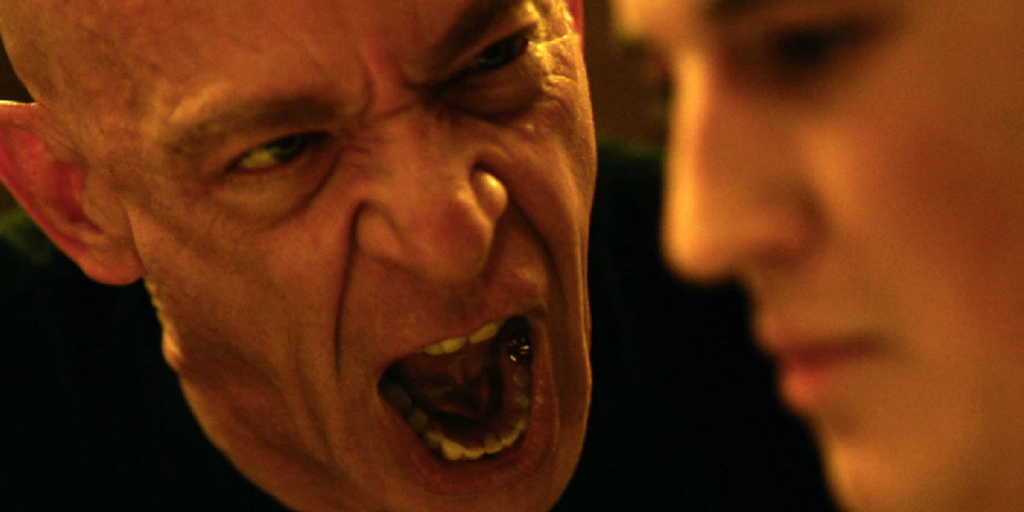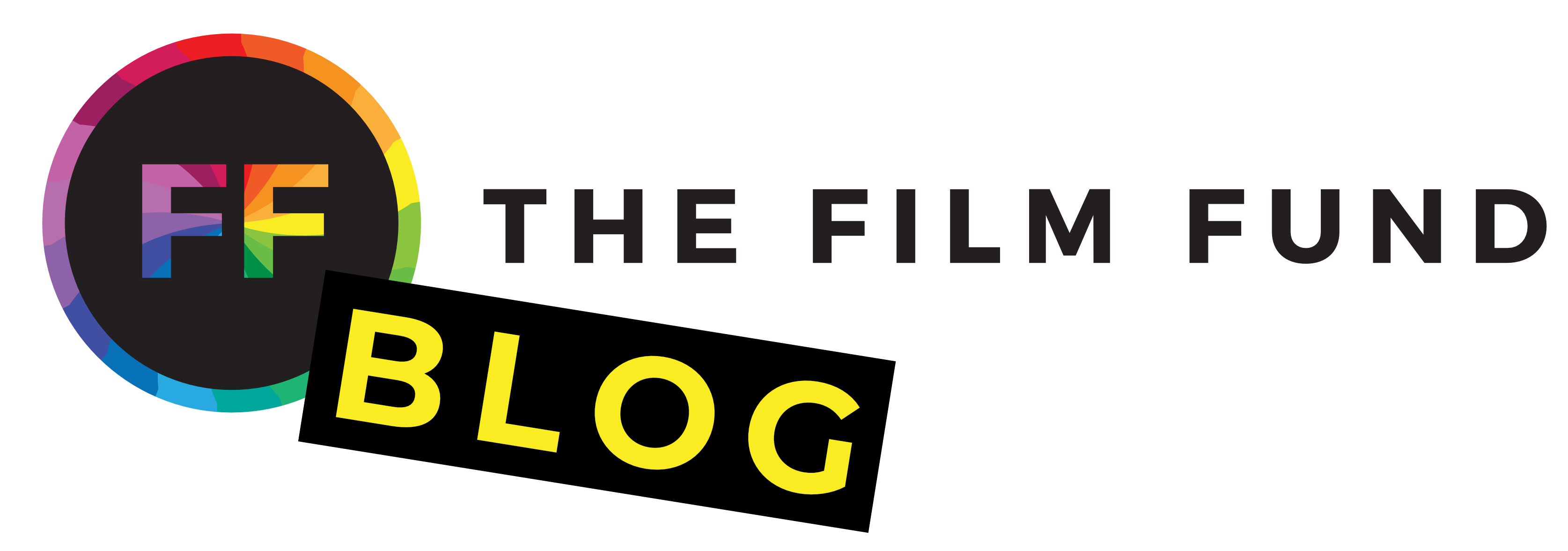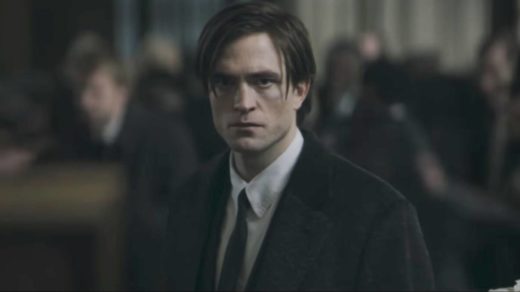The blank page. One of the greatest allies and enemies of a filmmaker. Both a limitless, boundless realm of endless opportunities and also a great roadblock leaving you idealess and aimless, overwhelmed by its vastness. Maybe that’s a little dramatic, but regardless, screenwriting can be one of the more daunting tasks that a filmmaker faces while also being the most important task that needs to be tackled by a filmmaker. Mastering the three-act structure is a part of that task, which is why you need to be equipped with the following screenwriting tips!
As indie filmmakers, you likely wear many hats—you’re the writer, director, producer, and sometimes even the caterer. In this fast-paced, competitive industry, mastering the three-act structure is akin to having a secret weapon in your creative arsenal. It not only helps you craft compelling narratives but also makes your scripts more marketable and attractive to potential investors and collaborators.
In the following sections, we’ll dive into the intricacies of the three-act structure, offering practical screenwriting tips, insider tricks, and real-world examples to guide you on your storytelling journey. Whether you’re working on a gritty indie drama, a quirky comedy, or a pulse-pounding thriller, the principles outlined here will empower you to breathe life into your characters, construct gripping plots, and keep audiences on the edge of their seats.
Understanding the Three-Act Structure

At its core, the three-act structure divides a narrative into three distinct parts: Act I, Act II, and Act III. Each act serves a specific purpose in advancing the story and engaging the audience on an emotional journey. These screenwriting tips might be common knowledge to you, but it never hurts to go over the basics.
The Purpose of Each Act
In Act I, we’re introduced to the world of the story, meet the main characters, and uncover the central conflict. This is where we lay the groundwork for the adventure ahead, hooking the audience with intriguing premises and relatable characters.
Act II is where the bulk of the action takes place. Here, we witness the protagonist facing obstacles, experiencing growth, and confronting ever-escalating challenges. It’s the heart of the story, where tensions rise, and the stakes are at their highest.
Finally, Act III brings the story to its climax and resolution. Loose ends are tied up, conflicts are resolved (or not), and the characters undergo their final transformations. It’s the payoff for everything that has come before—a satisfying conclusion that leaves the audience feeling fulfilled.
Examples of Well-Executed Three-Act Structures
From classics to indie gems, almost all good stories have utilized the three-act structure to great effect. Take “Whiplash.” It delivers a gripping tale of ambition and obsession within the confines of a strict mentor-student dynamic. The film’s three acts mirror the protagonist’s journey from determination to desperation, culminating in a climactic showdown that leaves audiences breathless. And who could forget “Little Miss Sunshine,” the indie darling that charms with its dysfunctional family road trip? As each act unfolds, we witness the characters’ growth, setbacks, and ultimately, their collective triumph in the face of adversity.
Crafting Compelling Characters within the Structure

Introducing Protagonists, Antagonists, and Supporting Characters
Every great story needs compelling characters to drive the narrative forward. The protagonist serves as the audience’s guide through the story, facing challenges, overcoming obstacles, and ultimately undergoing personal growth. On the flip side, the antagonist provides the necessary conflict, serving as the primary obstacle standing in the protagonist’s way. And let’s not forget about the supporting characters—the friends, mentors, and sidekicks who add depth and complexity to the world of the story.
Techniques for Character Development Throughout Each Act
As your script progresses through the three acts, so too should your characters evolve and grow. In Act I, focus on establishing the core traits and motivations of your characters, giving the audience a reason to invest in their journey. Act II is where you’ll really put your characters to the test, challenging their beliefs, pushing them to their limits, and forcing them to confront their inner demons. And in Act III, it’s time for your characters to undergo their final transformations, emerging from the crucible of conflict as changed individuals.
How to Avoid Clichés and Create Unique, Memorable Characters
In a world filled with tropes and stereotypes, it can be tempting to fall back on familiar character archetypes. However, truly memorable characters are those that defy expectations, subvert clichés, and possess depth and complexity. Look for ways to imbue your characters with unique quirks, flaws, and backstories that set them apart from the pack. And don’t be afraid to take risks—sometimes, the most interesting characters are the ones that defy categorization altogether.
Plotting Tips for Each Act

Now that we’ve delved into the realm of character development, let’s turn our attention to the nuts and bolts of crafting a compelling plot within the three-act structure. From laying the groundwork in Act I to delivering a satisfying conclusion in Act III, each act presents unique opportunities and challenges for indie filmmakers.
Act I: Establishing the World and the Protagonist’s Journey
In Act I, your primary goal is to hook the audience and set the stage for the adventure to come. Start by plunging viewers into the world of your story, introducing them to the protagonist, and establishing the central conflict. Consider opening with a bang—a dramatic event or intriguing scenario that captures the audience’s attention from the get-go. And don’t forget to plant the seeds of future conflicts and character arcs, laying the groundwork for the journey ahead.
Act II: Rising Action and Character Development
As the story progresses into Act II, it’s time to crank up the tension and put your characters through the wringer. This is where the bulk of the action takes place, with the protagonist facing increasingly difficult challenges and obstacles. Keep the momentum flowing by introducing subplots, twists, and turns that keep audiences guessing and engaged. And remember, Act II is not just about advancing the plot—it’s also an opportunity for deepening character relationships, exploring themes, and delving into the emotional core of the story.
Act III: Resolving Conflicts and Delivering a Satisfying Conclusion
In Act III, all roads lead to the climax—the moment of truth where the protagonist confronts their greatest fears and challenges. This is your chance to deliver a payoff that’s been building throughout the story, resolving conflicts in a way that feels both surprising and inevitable. But don’t wrap things up too neatly—leave room for ambiguity and interpretation, allowing audiences to draw their own conclusions and reflect on the journey they’ve taken with your characters.
Enhancing Emotional Impact through Structure

As indie filmmakers, we not only strive to entertain audiences but also to evoke powerful emotions that linger long after the credits roll. In this section, we’ll explore some screenwriting tips that show you how to harness the structure of your screenplay to enhance emotional impact, keeping viewers fully invested in the journey of your characters.
Utilizing Pacing and Timing to Evoke Emotions
One of the most effective ways to evoke emotions in your audience is through pacing and timing. By carefully controlling the rhythm of your story—ramping up the tension in moments of conflict, slowing down for moments of reflection—you can create a rollercoaster of emotions that keeps viewers on the edge of their seats. Consider using techniques such as montage sequences, quick cuts, and strategic pauses to heighten emotional intensity and draw viewers deeper into the world of your film.
The Importance of Highs and Lows in the Storytelling Journey
Just as in real life, storytelling is a journey of highs and lows, triumphs and setbacks. By embracing the full spectrum of human experience, you can create a more immersive and emotionally resonant narrative. Don’t be afraid to take your characters to dark places—moments of despair and heartache can make the eventual triumphs all the more satisfying. And remember, it’s the contrast between these highs and lows that makes the emotional payoff at the end of your story so powerful.
Leveraging the Three-Act Structure to Create Tension and Suspense
The three-act structure provides a powerful framework for building tension and suspense throughout your screenplay. Use Act I to establish the stakes and introduce the central conflict, laying the groundwork for the emotional journey to come. In Act II, ramp up the tension by throwing obstacles and challenges in your character’s path, keeping audiences guessing and on the edge of their seats. And in Act III, pay off that tension with a climactic resolution that leaves viewers breathless and emotionally satisfied.
Tips for Refining Your Screenwriting Process

Crafting a compelling screenplay is as much an art as it is a science. In this section, we’ll share some screenwriting tips for honing your screenwriting process, from fine-tuning dialogue to seeking feedback from trusted collaborators. With these strategies in your toolbox, you’ll be well-equipped to bring your creative vision to life on the page.
The Art of Rewriting and Refining Dialogue
Dialogue is the lifeblood of any screenplay, serving as the primary means of conveying character, emotion, and plot. But crafting authentic, compelling dialogue is no easy feat. One of the most effective ways to refine your dialogue is through the process of rewriting. Take the time to read your dialogue out loud, paying close attention to rhythm, pacing, and authenticity. Cut out any unnecessary exposition or filler, focusing instead on crafting dialogue that feels natural and true to your characters.
Seeking Feedback and Incorporating Constructive Criticism
Writing can be a solitary endeavor, but seeking feedback from trusted collaborators is essential to the screenwriting process. Share your work with fellow writers, directors, and actors, and be open to their feedback and constructive criticism. While it can be tough to hear, embracing feedback is key to growth as a writer. Look for patterns in the feedback you receive—what are the strengths of your script, and where are the areas for improvement? Use this feedback as a roadmap for refining your screenplay and making it the best it can be.
Resources and Tools for Indie Filmmakers to Streamline Their Writing Process
In today’s digital age, indie filmmakers have access to a wealth of resources and tools to streamline their writing process. From screenwriting software like Final Draft and Celtx to online communities and forums where writers can connect and collaborate, there’s no shortage of resources to help you bring your script to life. Take advantage of these tools to organize your ideas, stay on track with your writing goals, and connect with other creatives who share your passion for storytelling.
In Conclusion
As we reach the end of our guide to mastering the three-act structure, it’s time to reflect on the journey we’ve taken together and look ahead to the future of indie filmmaking. In this final section, we’ll recap key takeaways from our exploration of screenwriting tips and offer encouragement for indie filmmakers as they continue on their creative path.
Throughout this guide, we’ve covered a lot of ground, from understanding the basics of the three-act structure to crafting compelling characters, plotting engaging narratives, and enhancing emotional impact through structure. We’ve shared practical tips and insider tricks to help you refine your screenwriting process and create cinematic masterpieces that resonate with audiences.
As you wrap up here, there’s one last thing to mention. We are running a short film funding contest where you could earn up to $10,000 in funding for your very own short film! Instead of requiring a completed script like other funding avenues, all we need is one sentence that explains the premise of your short film and why you need our help. So if you’re an indie filmmaker who needs a bit of extra assistance for their upcoming short film, we may have you covered! Head to our entry page to learn more. Plus, you can discover more about our feature film funding opportunity, Unknown Nightmare!




